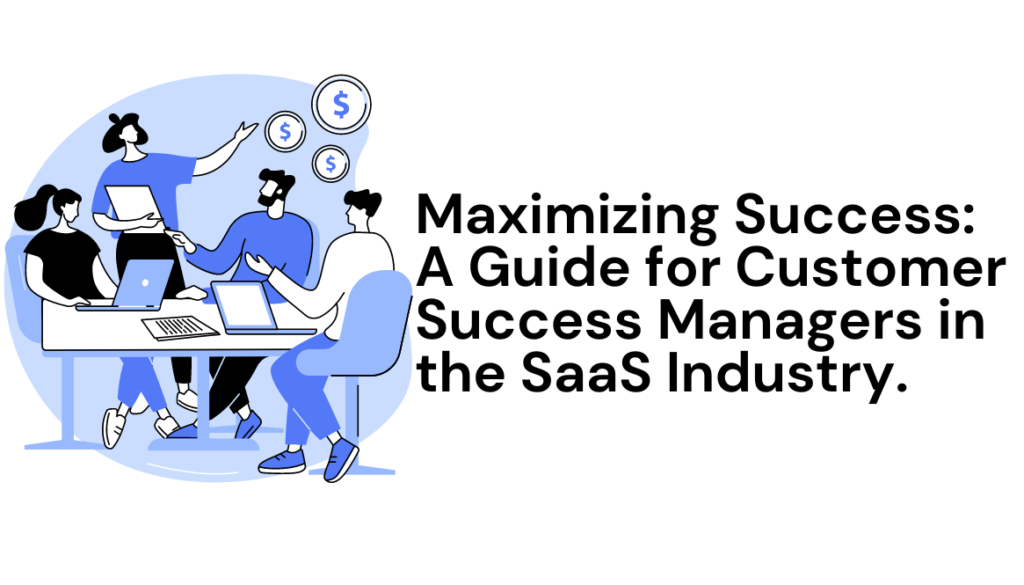Maximizing Success: A Guide for Customer Success Managers in the SaaS Industry
In the competitive landscape of the Software as a Service (SaaS) industry, success isn’t just about acquiring customers; it’s about retaining them and ensuring they achieve their desired outcomes. Customer Success Managers (CSMs) play a pivotal role in this journey, acting as the bridge between the customer and the company. In this guide, we’ll delve into the dos and don’ts of making CSMs successful in a large SaaS company, drawing insights from leading experts and practitioners in the field.
Understanding the Role of a Customer Success Manager
First and foremost, it’s crucial to grasp the essence of a CSM’s role. At its core, a CSM is responsible for nurturing customer relationships, understanding their needs, and guiding them towards success with the product or service. This involves proactive communication, timely support, and a deep understanding of the customer’s business objectives.
Dos for Success:
-
Build Strong Relationships: Successful CSMs prioritize building trust and rapport with their customers. They go beyond transactional interactions and aim for meaningful, long-term partnerships.
-
Understand Customer Goals: A thorough understanding of the customer’s goals and challenges is essential. CSMs should align the company’s offerings with the customer’s objectives, ensuring a tailored approach to success.
-
Proactive Communication: Anticipating needs and addressing concerns before they escalate is a hallmark of effective CSMs. Regular check-ins, progress updates, and proactive problem-solving demonstrate commitment to the customer’s success.
-
Product Expertise: CSMs should have an in-depth knowledge of the product or service they’re supporting. This enables them to provide valuable guidance, recommend relevant features, and troubleshoot effectively.
-
Data-Driven Approach: Leveraging data and analytics is key to understanding customer behavior and identifying areas for improvement. CSMs should track metrics related to customer health, usage patterns, and satisfaction levels to drive strategic decisions.
Don’ts to Avoid:
-
Being Reactive: Waiting for customers to reach out with issues is a recipe for dissatisfaction. CSMs should proactively engage with customers, anticipate their needs, and address potential roadblocks before they arise.
-
Overpromising and Underdelivering: Setting unrealistic expectations can lead to disappointment and churn. CSMs should be honest about what the product can and cannot do, setting realistic goals for customer success.
-
Neglecting Training and Onboarding: Effective onboarding sets the foundation for a successful customer journey. CSMs should ensure customers receive comprehensive training and support during the onboarding process to maximize product adoption and value realization.
-
Ignoring Feedback: Customer feedback is invaluable for driving product improvements and refining the customer experience. CSMs should actively solicit feedback, listen attentively to customer concerns, and advocate for necessary changes within the organization.
-
Losing Sight of the Big Picture: While it’s essential to focus on individual customer needs, CSMs should also keep sight of the broader company goals and strategies. Aligning customer success initiatives with organizational objectives ensures a cohesive approach towards growth and scalability.
Conclusion:
In the dynamic landscape of the SaaS industry, the role of Customer Success Managers is more critical than ever. By adhering to the dos and don’ts outlined in this guide, CSMs can elevate their effectiveness and drive meaningful outcomes for both customers and the company. Remember, success in customer success is not just about meeting expectations; it’s about exceeding them consistently, fostering trust, and cultivating lasting relationships.



